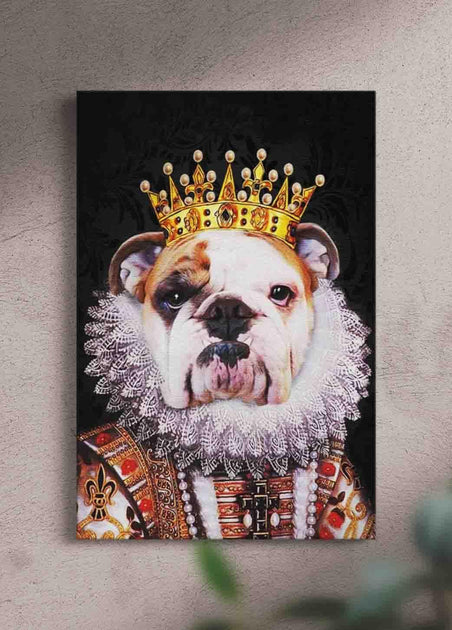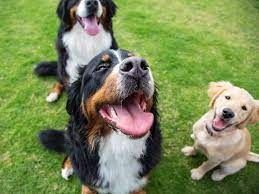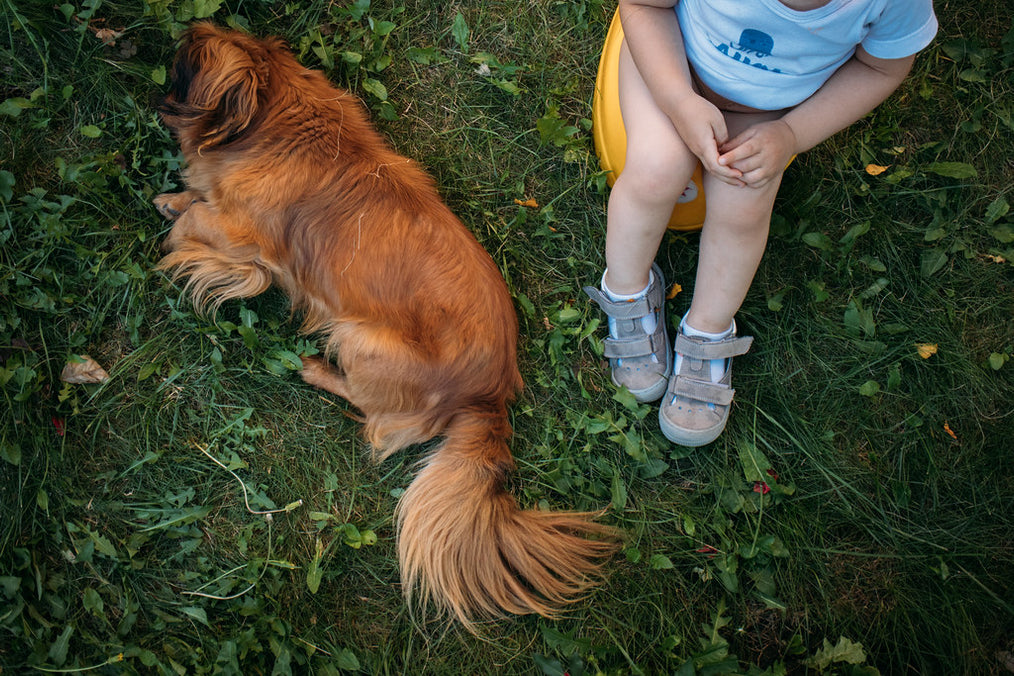How (And How Often) To Brush a Small Dog’s Teeth
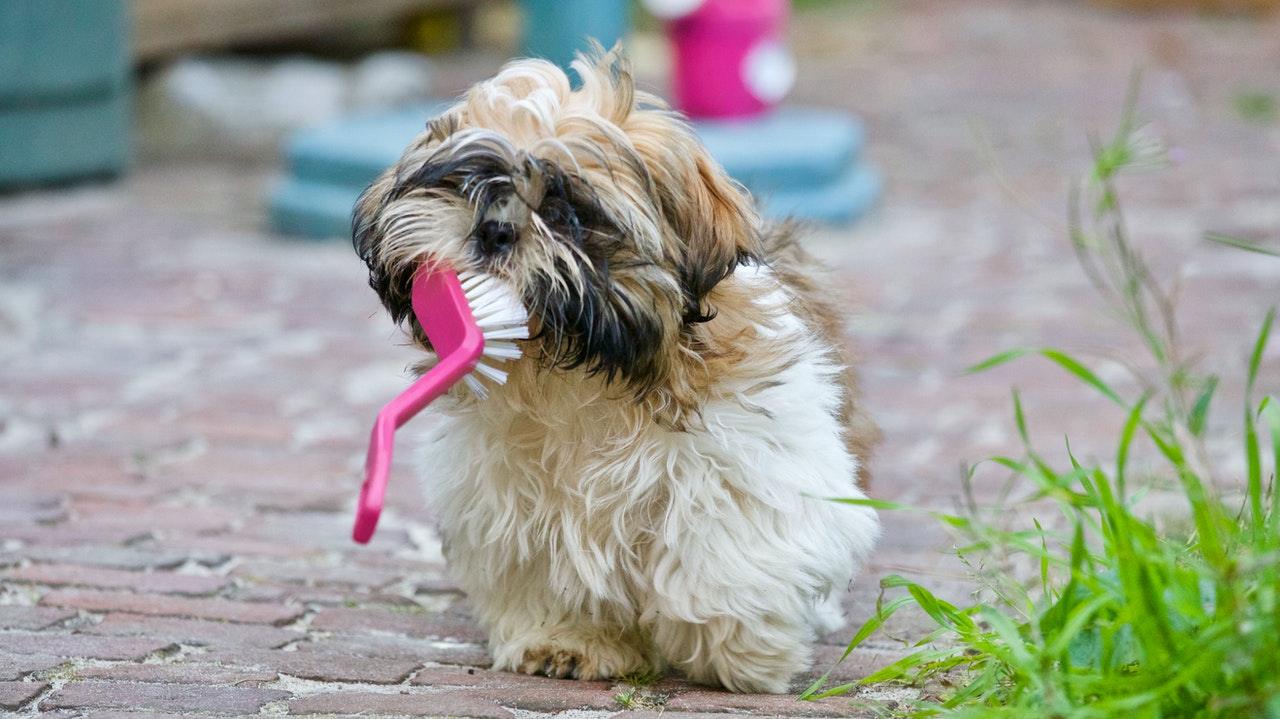
It is common to see dogs being given a bath, their fur being brushed, or having their claws clipped, but most people don't give a lot of thought to their dog's dental health. Brushing your teeth is a healthy habit.
We brush our teeth because it prevents bad breath and keeps off plaques and tartar build-up, leading to severe teeth complications. In the same vein, healthy teeth are just as important in dogs as they can also develop those same complications.
Poor Dental Hygiene Can Endanger Your Dog's Health

Veterinarians confirm that dental disease is one of the most common health problems they treat. Dental disease in dogs causes pain, inflammation, infection, and tooth decay. Oral bacteria can lead to serious internal medical problems and affect other body organs. You should consult a veterinarian if you notice any symptoms of dental disease.
Good oral hygiene plays a significant part in your dog's health and positively affects the lifespan of your dog. Despite the existence of many products that claim to prevent dental disease, brushing your dog's teeth is still the best way to prevent dental disease.
How to Brush Your Small Dog's Teeth

A human toothbrush is not suitable for brushing your dog's teeth. You have to make use of a brush specially designed for pets. It has a longer, more curved handle that makes brushing easier. Canine-specific toothbrushes and toothpaste can be purchased at pet stores.
Now, here's how to wash your dog's teeth properly. Focus more on the outer parts of the teeth when brushing. This means there's no way to brush your dog's teeth by yourself without a toothbrush.
How To Choose A Toothbrush For Your Dog
There are pet toothbrushes specifically developed for use on animals available on the market that are suitable for your canine buddy. Here are the different types of these animal-friendly brushes:
- Brushes have angled handles that are designed to match the contour of your pet's mouth
- Brushes with numerous heads allow you to brush the inside, outside, and top surfaces of the tooth simultaneously.
- Brushes that are small enough to fit comfortably in your hand
- Finger toothbrushes are designed to be worn on the tip of your finger.
Choosing the right toothbrush for your dog depends on several factors, including the dog's size and your dexterity. Many pet owners feel that using a finger brush is more convenient, especially when they are just starting to brush their pet's teeth.
On the other hand, finger brushes may be more difficult to insert into the jaws of small dogs. It may be a good idea to keep various sizes and types of toothbrushes on hand to assist with brushing difficult-to-reach places.
That is why the best toothbrush for small dogs are toothbrushes with angled handles and numerous heads. These enable you to access the hard places to reach in the mouth of your small canine. They also make it easy to brush different parts of your dog's mouth at the same time. If you are unsure about which brush to use, consult your veterinarian for guidance.
Choosing Your Dog's Toothpaste

Just because dogs are man's best friends doesn't mean that everything suited for human beings is perfect for dogs. Many people often make the mistake of believing that their toothpaste is suitable for brushing their dog's teeth. Nothing could be further from the truth. You should only use toothpaste made specifically for dogs. Human toothpaste does the job well for us, but it can have ingredients that are toxic to dogs.
Canine-specific toothpaste have attractive flavors and scents that will increase your dog's enthusiasm for their dental routine and see the whole thing as less of a hassle. Poultry, meat, fish, malt, and mint flavors are among the many types of pet toothpaste available, all of which are delicious to pets. Your pet will be more likely to appreciate the experience if you use a product that tastes pleasant.
It may be necessary to experiment with different flavors to find the one your pet enjoys the most. If you have concerns about choosing a toothpaste or toothbrush, you can seek a vet's approval before choosing a toothpaste for your dog.
How to Brush Your Dog's Teeth When They Don't Like It
As straightforward as it seems, brushing your dog's teeth might turn out to be more of a challenge than you would expect. So, here's how to brush your dog's teeth when they bite or simply don't like it.
Most dogs, at first, will not be thrilled with the idea of brushing their teeth. You have to develop creative ways to ensure their compliance and develop a positive, even enthusiastic attitude to brushing. You can apply some well-thought tips to make this process easier.
It is advised to start at a slow pace to get your dog comfortable with the idea of brushing. Furthermore, you should choose a time when your dog is calm and relaxed, probably after a walk.
How to Brush Your Dog's Teeth at Home
Ensure there are no distractions whatsoever and choose a suitable spot. Get them comfortable with you touching their teeth and gums before attempting to brush. You might need to take frequent breaks not to make them uncomfortable. It could take a while, but brushing its teeth can be done regularly once your dog becomes comfortable.
Conclusion
So, how often should you brush your dog's teeth? It should be done daily, just like you do yours. A couple of minutes every day is enough to brush your dog's teeth adequately and effectively get rid of a majority of bacteria, plaque, and other deposits.
Though for most dog owners, brushing your dog's teeth daily might not be feasible. There might be no time to do so, and it can be pretty energy-consuming. So, a few times a week is enough to maintain good dental hygiene.
A dental routine is easier to start with younger dogs as older dogs might have a more challenging time adjusting to the new teeth brushing routine. Nevertheless, it is essential to start brushing your dog's teeth early despite their age to get them familiar with the process.
Best Sellers

WATERCOLOUR

THE YOUNG QUEEN
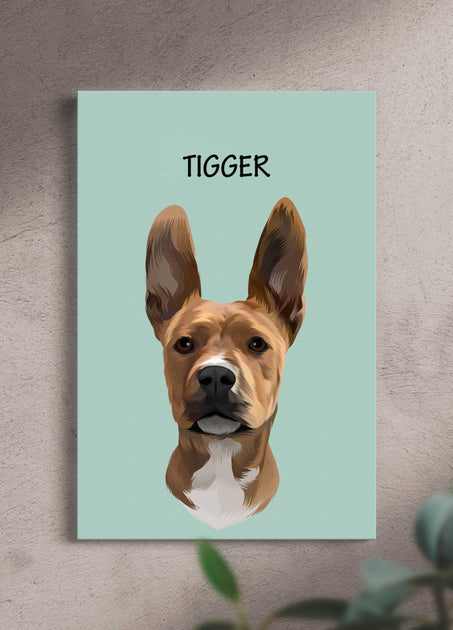
MINIMALIST DESIGN
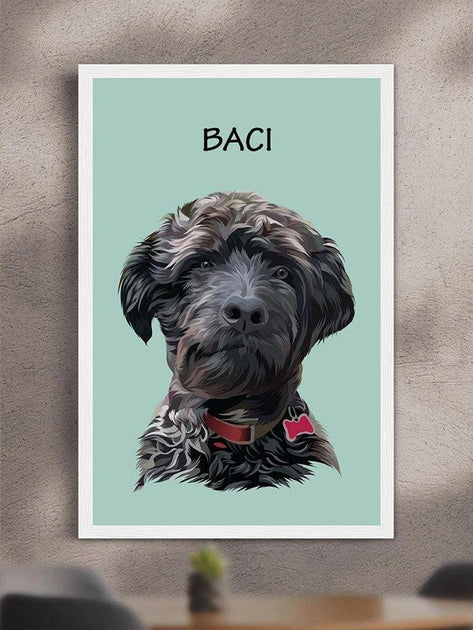
MINIMALIST PET PORTRAIT

THE GENERAL
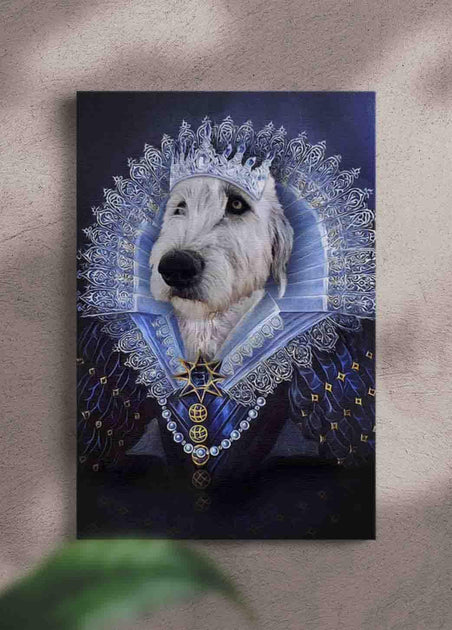
THE ICE QUEEN

THE ROYAL COUPLE
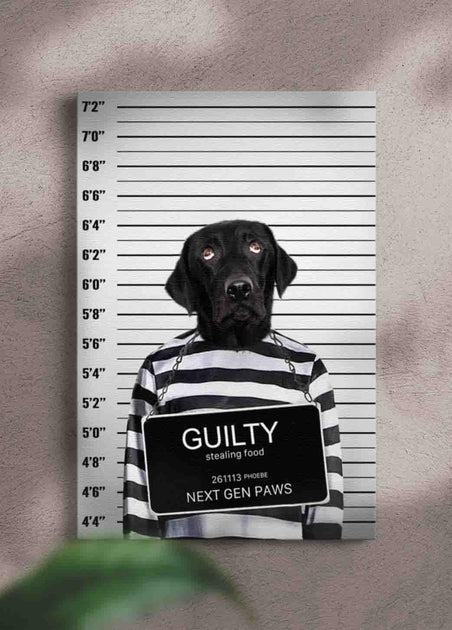
THE CONVICT
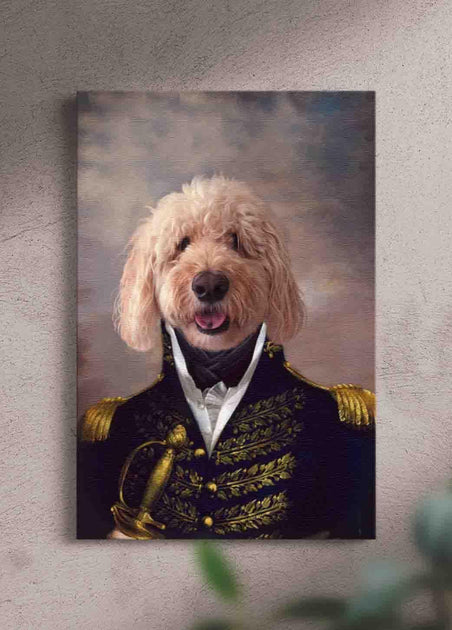
THE PRESIDENT

THE BOURGEOIS COUPLE

WATERCOLOUR SIBLING
